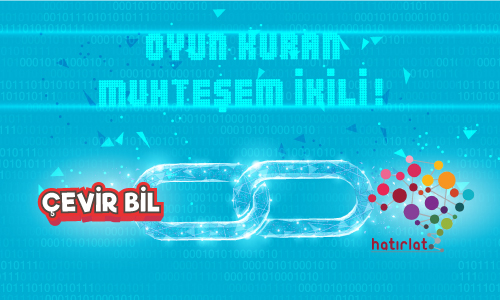
Learning Experts Also Need To Be Users
How often do you participate in an e-learning program?
Imagine having a meal at a restaurant where the chef hasn't tasted his food. Risky, right? While we all cook, we need adjustments and improvements in the consistency of the food periodically by looking at the taste of the food. Each cooking show allows the cook to control the taste buds. Now, let's apply this formula to learning development and presentation. As learning professionals, how often do we do full learning programs, including us, to find out if we are suitable for excellence in learning "taste"?
When I ask groups of my fellow learners these questions, the results are clear:
- As a learning profession, how often do you complete an e-learning program?
- How often do you attend a full class schedule?
- Do you currently have a coach to improve your performance?
Few of us say yes. In fact, most of us ask if there is anything faster when we offer a typical 20-hour classroom schedule - but we're improving for that time.
Learning professionals should be experienced users. In order to become an experienced user, we must first consciously participate and consume learning and technology methodologies used by the organization. Whenever you take classes or participate in an e-learning program, there is an urgent need for you as a designer / producer. We should be better understanding the user experience and focusing more on the learner's needs and pressures.
As we use our own learning experiences, we explore these key findings:
Series: Users frequently do not move with the content set of a curriculum. The ranking defined by the subject matter expert may make sense in a chart, but not for a user.
User information: Often times, our design targets a lower level of user knowledge, especially in compliance and regulatory training programs. Still, we manage the programs ourselves, so we can discover more effective ways to utilize what our learners already know.
Timing is important: We usually design around periods of ritual time. Webinars should be 60 or 90 minutes. Classes should be one, two or five days. E-learning modules should be half an hour. Unfortunately, we frequently choose the time period before fully describing the content or the facts of the users.
Technology load: Is it easy and worry-free to use technology or does it create a time and effort burden that prevents users from concentrating on learning?
A few innovations to check out:
Augmented reality: With Pokemon Go, tens of millions of people have played a mobile game that combines real camera shots, map views and challenges. Try out augmented virtual reality programs and think about how they will adapt to one day learning.
360-video: Create a video with a 360-degree field of view using simple apps or cheap cameras. For example, create a video of an office environment piece and design and play it in 360, user-oriented mode.
Coaching of daily colleagues: Choose a sole topic or behavior and find a partner who will check in with you for a new skill or changed business process for two to five minutes. For example, change your email migration mode and ask a question from a colleague every day at 04:00.
Learning professionals must be continuous learners. Our professionalism must include a commitment to experiment, use and learn existing, evolving and innovative learning models. Learning theories must be matched with our own conscious experiences as the user in each mode. Learning will remain a efficient tool to experience healing and perfecting your "taste buds".
The Masie Center’s Learning Consortium – Elliot Masie
Similar Posts

4 Ways to Prepare Employee Participation and Effective Training
Employee participation is an critical issue, if there are difficulties in participation, it can hinder organizational growth. The key to reducing part...
Read Post
Measuring the Impact of Companyal Learning
Management systems launched an initiative to increase the number of trainings in the company; you are also tasked with developing a strong training pr...
Read Post
Storyteller Gamification
Hande is a successful employee of the corporation. She has a keen interest in education. Classroom trainings, webinars, digital trainings… She gets a...
Read Post